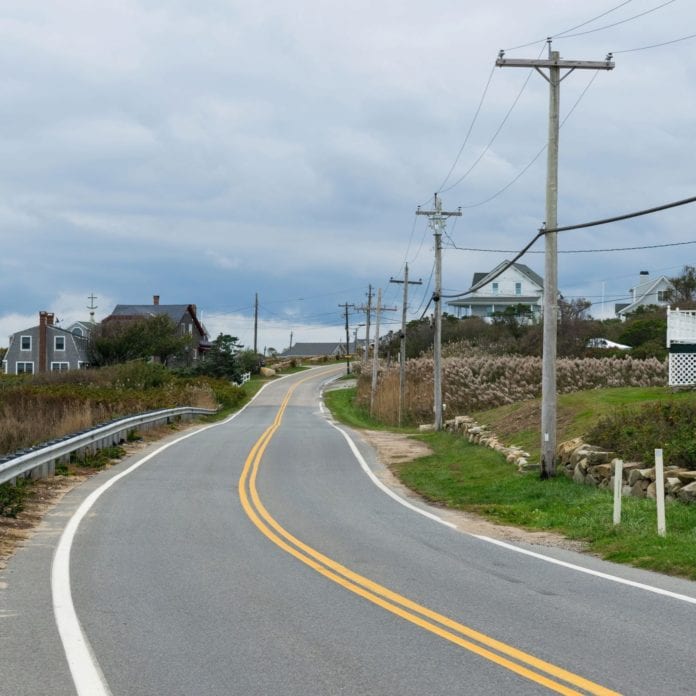Telia joins Ericsson, DigiPlex in Fortum Spring ‘virtual battery’ partnership
Earlier this month, Nordic telco Telia and European energy firm Fortum announced an agreement which connects Telia’s data center located in Finland’s capital city Helsinki to the regional electricity market. The Helsinki Data Center has on-premises uninterrupted power supply (UPS) systems made by ABB. The batteries help to balance power demands on the regional grid.
Telia and Fortum trialed the system beginning in 2021, and this announcement formalizes the relationship. Since then, the HDC has contributed several megawatts of capacity to Fingrid’s Fast Frequency Reserve (FFR) market. The FFR is a reserve power service which prevents drops in frequency below 49.7 Hz. Nordic energy businesses like Statnett, Fingrid and Svenska kraftnät provide the FFR, which adds resiliency to the Nordic power grid against widespread brownouts or blackouts.
The agreement between Telia and Fortum is the “Fortum Spring” virtual battery solution, which Fortum has developed. Power from the batteries contained within the HDC’s UPSes is used to balance the regional power grid.
The batteries prioritize on-premise needs until backup power generators can take over. The companies said the switchover is happens within a few hundred milliseconds.
“It is like a virtual battery, where customers’ flexible consumption is collected together and can be used to offset fluctuations in the power grid’s load,” said Fortum.
A new take on green data center operations
The U.S. Department of Energy says that data center operations account for about 2% of all the electricity consumed in the United States (globally, that number is about 3%). Per square foot, data centers consume 10 to 50 times the energy of a normal office building, said DoE.
Data center construction continues to scale upward. Hyperscalers and other companies with massive data demands have replaced smaller, siloed enterprise data centers. Worldwide data center energy usage has remained fairly constant for the past decade. But data demand has increased geometrically, according to a recent report from the International Energy Agency.
On-premises UPS systems provide data centers with continuous energy, but up until now they’ve simply been a cost-sink. That changes with Fortum Battery, according to Ilari Alaperä, Business Development Manager at Fortum. Data center-operating businesses like Telia now can get an unexpected return on a significant capital investment and do environmental good in the process.
Those larger data centers leverage economy of scale to acquire power cheaply. New construction methods and newer data center equipment emphasize efficiency. What’s more, the owners and operators of those data centers want to offset their environmental impact. They pay carbon tax credits, source renewable energy and build their own sources of renewable energy.
“[We] are driving the development of the Nordic electricity system towards a cleaner future,” said Alaperä.
Evening out peaks and troughs
Fortum noted the role that large-capacity data centers can play in operating as eco-consciously as possible, and to be active participants in the energy system. Renewable energy sources like wind and solar power are intermittent, said Fortum.
“The key is to even out the peaks and troughs in demand,” explained Fortum, adding, “UPS systems and their batteries offer very quick regulating power, and they are an ideal fit for the power reserve maintained by Fingrid.”
Telia is only the latest success story for Fortum. Fortum recently signed a three-year deal with data center operator DigiPlex, which owns and operates facilities in Finland and Norway. Ericsson and Fortum announced a partnership in 2018 which connected UPSes of the latter’s data center in Kirkkonummi, Finland to the electrical grid.

